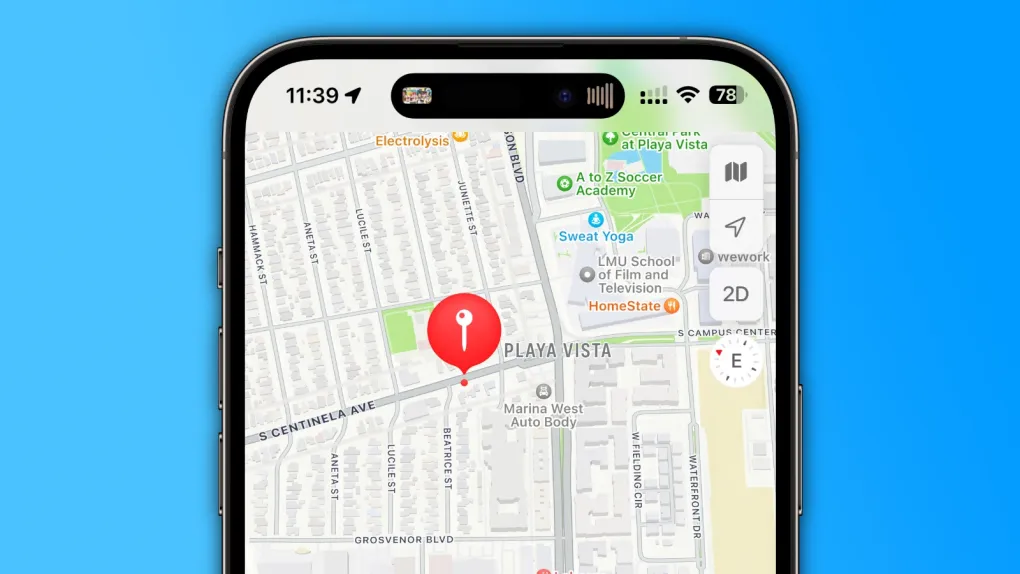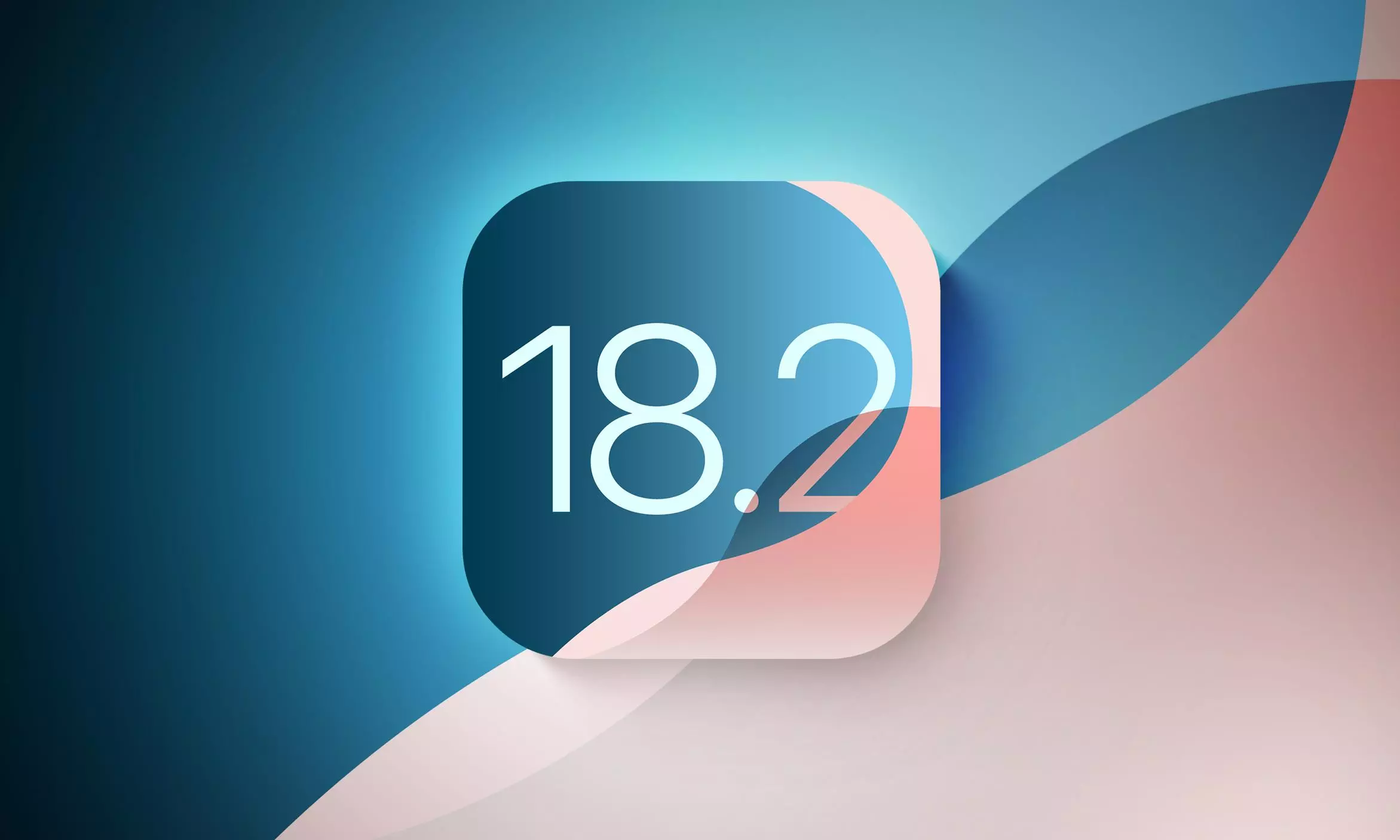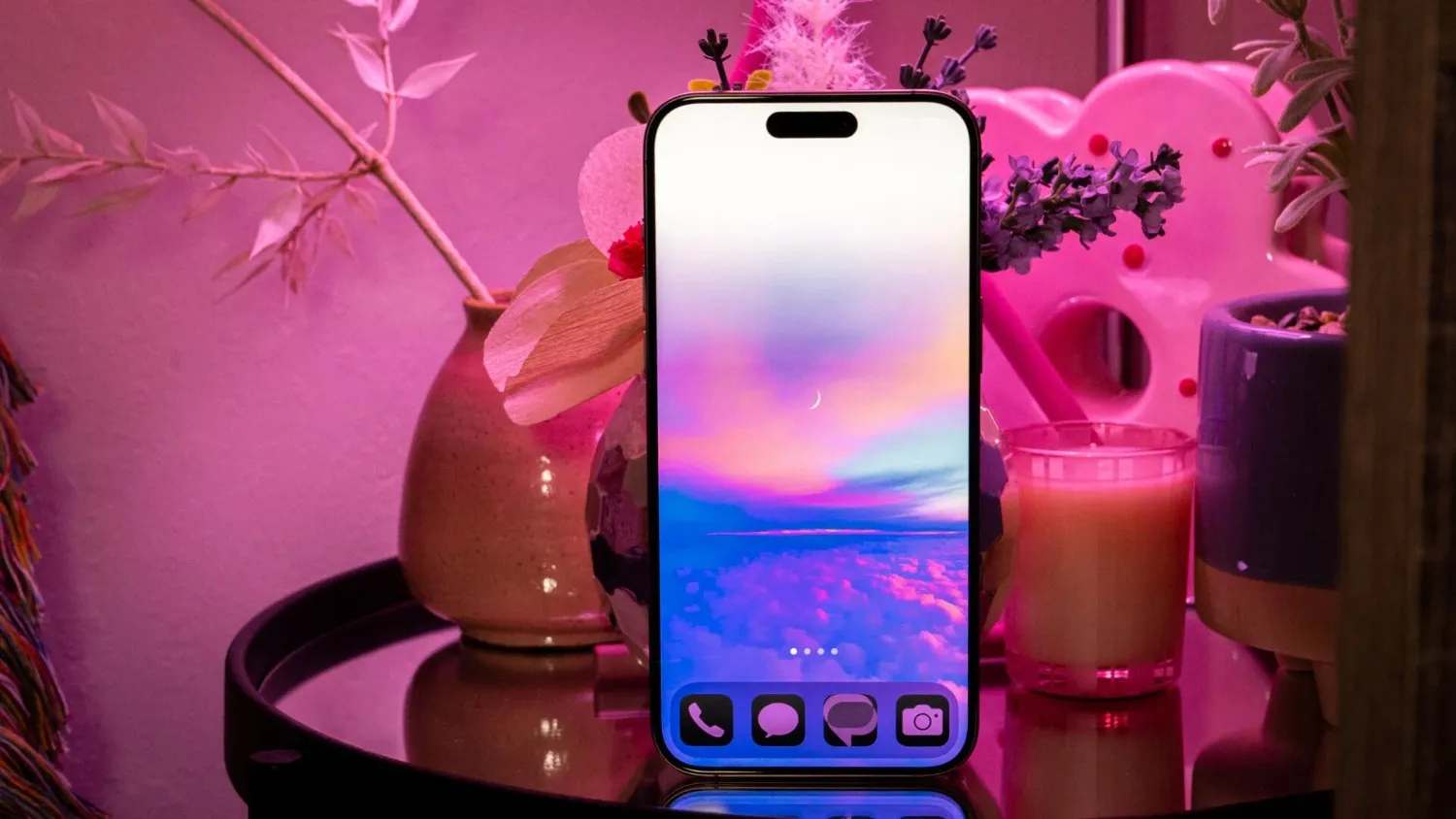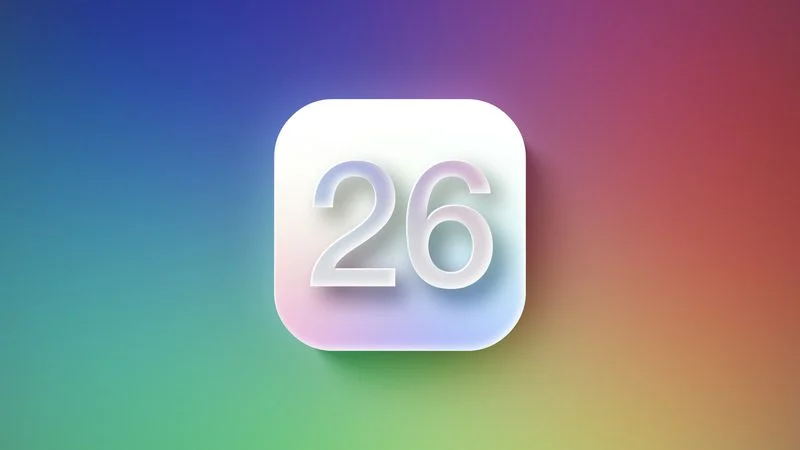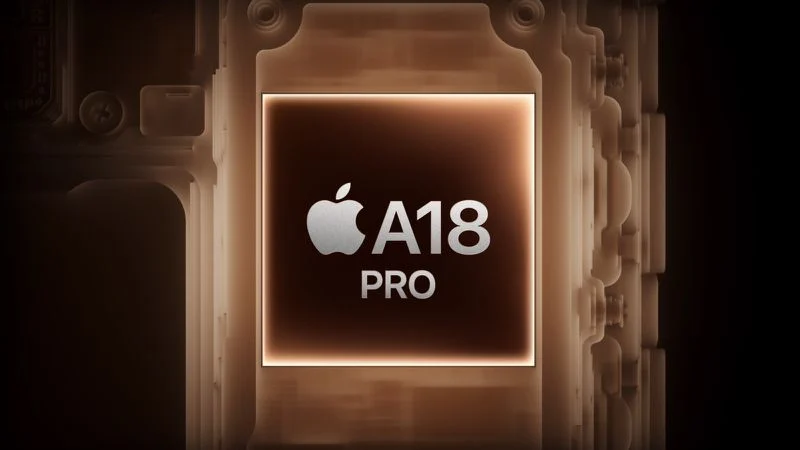The smell of smoke still hangs heavy in the air. The charred remains of homes and businesses paint a stark picture of the once-vibrant landscape of Los Angeles. The wildfires that recently ravaged the region have left a trail of devastation, displacing families and shattering lives. But amidst the ashes, a spark of hope remains, fueled in part by the power of technology and the generosity of individuals across the nation.
In the wake of this tragedy, a wave of support has poured in from all corners, with individuals and organizations alike stepping up to offer aid. Among them, Apple has emerged as a key player, leveraging its vast digital ecosystem to facilitate donations and streamline relief efforts.
Instead of simply issuing a press release or making a private donation, Apple has taken a more proactive approach, integrating a direct donation pathway into its widely used App Store and Apple Music platforms. This seamless integration allows millions of iPhone, iPad, and Mac users across the United States to contribute to the American Red Cross’s wildfire relief fund with just a few taps.
This innovative approach to fundraising is not just convenient; it’s impactful. By embedding the donation option directly within apps that people use every day, Apple has effectively lowered the barrier to giving. No longer do users need to search for external websites or navigate complex donation processes. The option to contribute is readily available, making it easier than ever for individuals to make a difference.
This move underscores a growing trend of tech companies utilizing their platforms for social good. By leveraging their reach and technological capabilities, these companies can play a crucial role in mobilizing support during times of crisis. It’s a testament to the power of technology to connect people and facilitate positive change.
The CEO of Apple, Tim Cook, expressed his deep concern for those affected by the fires in a public statement. He conveyed his heartfelt sympathies and announced that, in addition to Apple’s own contribution to the relief efforts, the company was committed to empowering its users to participate in the recovery process. He emphasized the ease with which users could donate through the App Store and Apple Music, encouraging them to contribute to the Red Cross’s crucial work on the ground.
Apple’s history of supporting disaster relief efforts is well documented. The company has consistently stepped up to provide aid following natural disasters around the globe, offering financial assistance and leveraging its technology to support affected communities. While the specific amount of Apple’s direct donation remains undisclosed, the company’s commitment to facilitating public donations speaks volumes about its dedication to social responsibility.
The wildfires in Los Angeles serve as a stark reminder of the destructive power of nature. But they also highlight the resilience of the human spirit and the power of collective action. In the face of adversity, communities come together, individuals offer support, and technology plays a vital role in connecting those in need with those who can help.
Apple’s initiative is a powerful example of how technology can be harnessed for good, providing a lifeline to communities struggling to rebuild and offering a beacon of hope amidst the devastation. The road to recovery will be long and arduous, but with the combined efforts of individuals, organizations, and innovative tech solutions, the people of Los Angeles can begin to heal and rebuild their lives. The flames may have ravaged the landscape, but they have also ignited a spirit of generosity and resilience that promises to guide the community through this difficult time.


